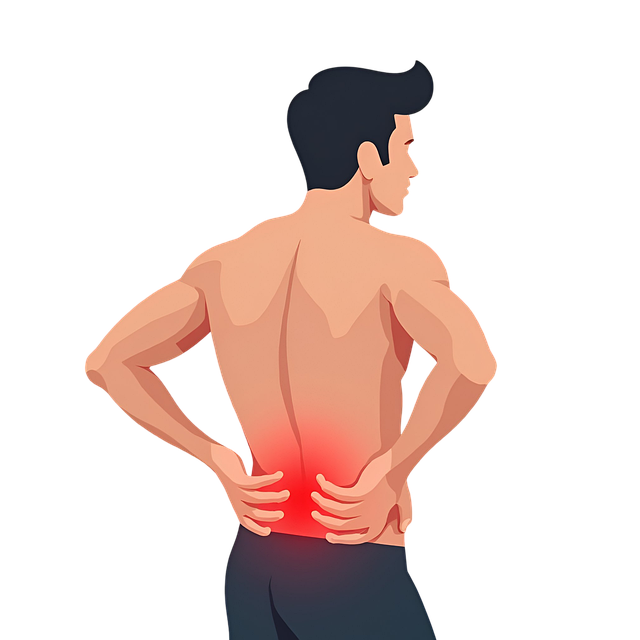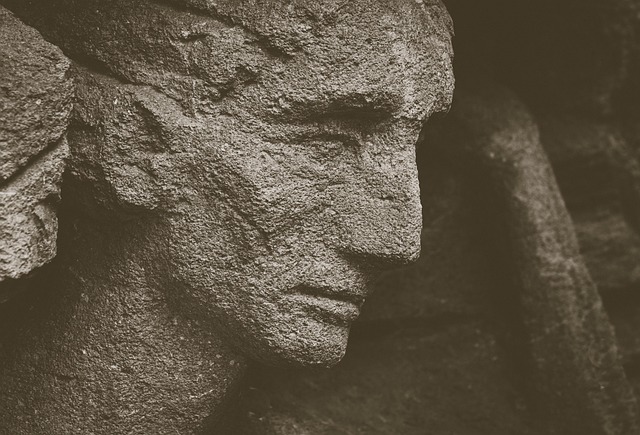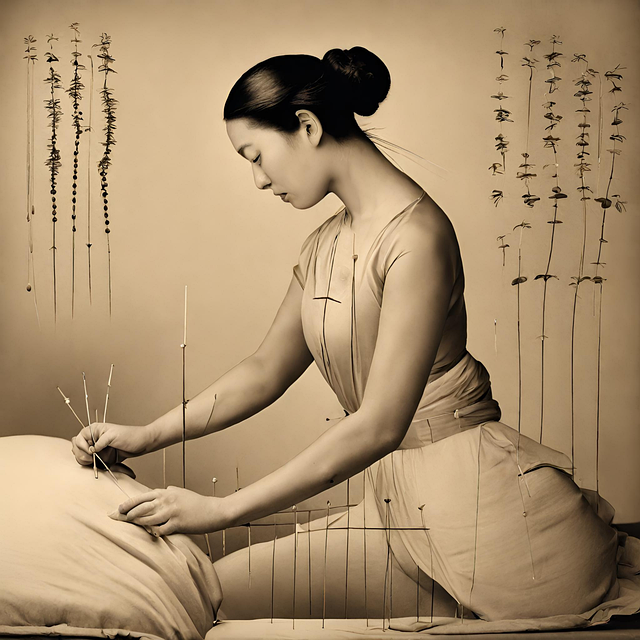Chronic pain sufferers are increasingly opting for acupuncture as a drug-free alternative to manage conditions like back pain, neck pain, and sciatica. This ancient Chinese practice involves inserting thin needles at specific acupressure points to stimulate natural healing and reduce pain. Acupuncture offers long-lasting relief, enhances blood circulation, and activates endorphins without the risks associated with opioid use. Qualified acupuncturists tailor treatments based on symptoms, medical history, and communication during weekly sessions, ensuring safe and effective chronic pain acupuncture for improved mobility and quality of life.
“Tired of relying on medications for chronic pain relief? Discover the ancient healing art of acupuncture as a natural solution for back pain, neck strain, and more. This comprehensive guide explores how acupuncture works its magic, from easing discomfort to addressing root causes. Learn about the benefits for various conditions, what to expect during sessions, and how to find qualified practitioners. Embrace a drug-free path to wellness with chronic pain acupuncture.”
- Understanding Chronic Pain and Its Impact
- Exploring Acupuncture: An Ancient Healing Art
- How Acupuncture Works for Pain Relief
- Benefits of Acupuncture for Various Chronic Conditions
- Navigating Sessions and What to Expect
- Finding Qualified Acupuncturists and Next Steps
Understanding Chronic Pain and Its Impact

Chronic pain is a complex condition that affects millions worldwide, often persisting for months or even years. It can arise from various sources, including injuries, conditions like arthritis or fibromyalgia, and nerve damage. Unlike acute pain, which serves as a warning signal, chronic pain continues long after the initial injury has healed, significantly impacting daily life and overall well-being. This persistent discomfort can lead to reduced mobility, sleep disturbances, and emotional distress.
Individuals seeking drug-free pain relief often turn to alternatives like acupuncture, which has gained recognition for its effectiveness in managing chronic pain. Acupuncture involves inserting thin needles into specific points on the body, stimulating the nervous system to release natural painkillers and reduce inflammation. It has proven particularly beneficial for conditions such as back pain, neck pain, and sciatica, offering a non-opioid pain relief option that can help patients avoid the potential risks and side effects associated with long-term opioid use.
Exploring Acupuncture: An Ancient Healing Art

Acupuncture, an ancient healing art that has been practiced for thousands of years, is gaining modern popularity as a drug-free approach to managing chronic pain. This traditional Chinese medicine technique involves inserting thin needles into specific points on the body to stimulate natural healing responses and promote balance in the body’s energy flow, or Qi.
For individuals seeking alternatives to conventional treatments for back pain, neck pain, and even sciatica, acupuncture offers a promising path. By targeting acupressure points associated with inflammation and pain, acupuncturists can provide effective relief without relying on opioids or other medications. This ancient practice has shown promise in reducing pain and improving mobility for those struggling with chronic conditions, making it an appealing option for non-opioid pain relief.
How Acupuncture Works for Pain Relief

Acupuncture for pain relief works by stimulating specific points on the body, known as acupoints, using thin needles. These acupoints are believed to be connected by energy pathways, or meridians, that flow through the body and influence various physiological functions, including the reduction of pain and inflammation. By inserting needles at these strategic points, acupuncture promotes the natural healing process, enhances blood circulation, and activates the body’s endorphin response—a powerful, natural pain reliever.
For individuals suffering from chronic pain conditions like back pain, neck pain, and sciatica, acupuncture offers a drug-free alternative with potential long-lasting benefits. As a joint pain therapy, it can also target specific areas affected by inflammation, providing relief and improving overall mobility. Many patients report significant reductions in pain levels and an improved quality of life after regular sessions of acupuncture treatment.
Benefits of Acupuncture for Various Chronic Conditions

Acupuncture has gained significant attention as a natural and effective approach to managing chronic pain stemming from various conditions. This ancient Chinese practice involves inserting thin needles at specific points on the body, known as acupuncture points, which have been shown to offer substantial relief for individuals seeking drug-free alternatives. One of its key strengths lies in its versatility; it can target not only back and neck pain but also provide sciatica acupuncture treatments and alleviate joint pain associated with arthritis.
Beyond its effectiveness in managing localized pain, acupuncture is renowned for its anti-inflammatory properties. By stimulating the body’s natural healing response, it can help reduce inflammation that contributes to chronic conditions like fibromyalgia and tendonitis. This holistic therapy not only provides pain relief but also improves overall mobility and quality of life for patients dealing with long-term ailments, making it a popular choice in the alternative medicine realm.
Navigating Sessions and What to Expect

Navigating Sessions and What to Expect
When considering chronic pain acupuncture as a treatment for back pain, neck pain, or other joint pain, individuals can expect a safe and effective alternative to opioids. During your first session, an acupuncturist will conduct a thorough consultation to understand your specific symptoms and medical history. This may involve discussing your daily activities, previous treatments, and any medications you’re taking. The acupuncturist will then perform a physical examination, focusing on the affected areas.
In subsequent sessions, typically once or twice a week, fine, thin needles are inserted into specific points on the body, targeting areas related to your chronic pain and inflammation treatment. You may experience a range of sensations during and after the treatment, from mild discomfort to a soothing relaxation. The goal is to stimulate the body’s natural healing response, promote blood flow, and ease joint pain therapy. It’s important to communicate any concerns or discomfort with your acupuncturist, who will adjust the treatment plan as needed to ensure optimal non-opioid pain relief.
Finding Qualified Acupuncturists and Next Steps

Finding qualified acupuncturists is a crucial step in your journey towards natural pain management. Look for practitioners who are certified by recognized organizations and have experience treating chronic pain, back pain, neck pain, and other similar conditions. Online reviews and recommendations from trusted sources can guide you to reputable professionals. Ensure the acupuncturist follows sterile procedures and uses single-use needles to minimize infection risks associated with joint pain therapy.
Once you’ve located a qualified practitioner, schedule an initial consultation to discuss your symptoms, medical history, and goals for non-opioid pain relief or inflammation treatment. Be prepared to share details about the severity and duration of your pain, previous treatments tried, and any concerns you have. This open dialogue will help tailor acupuncture as a joint pain therapy to your specific needs, offering a safe and natural approach to managing chronic pain effectively.
